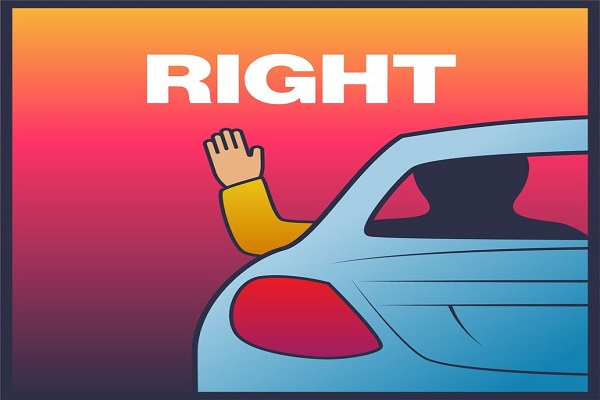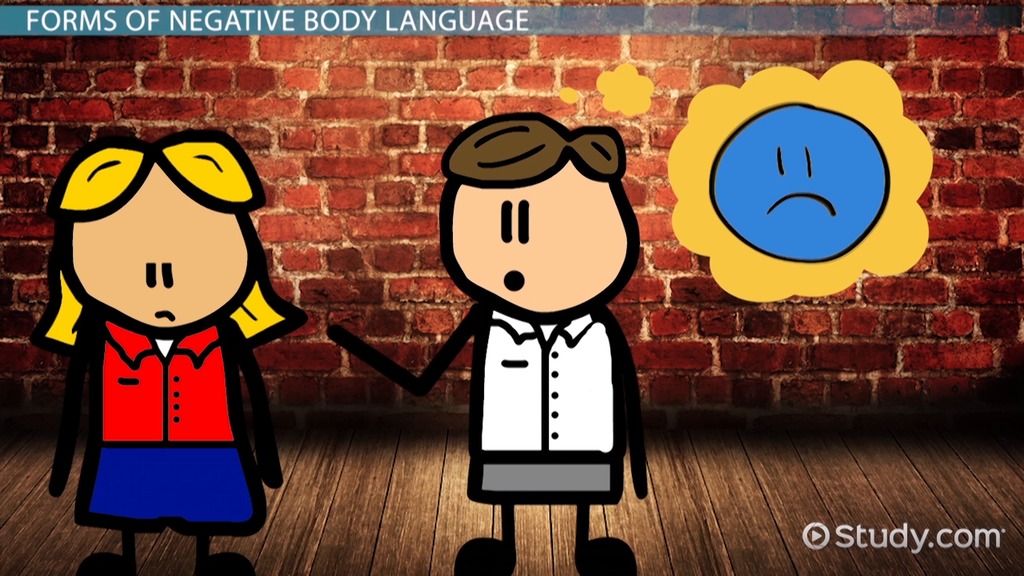

HAND SIGNALS FOR DRIVING TEST HOW TO
To remember how to make the slow or stop hand signal, just try to remember that your speed is going “down”, so your hand is pointing down.
HAND SIGNALS FOR DRIVING TEST DRIVERS
The stop or slow down hand signal communicates to other drivers that you are applying the brakes to stop completely or slow down. Since you need to use your left hand, it can be a little confusing on which direction to put your arm.įor right turn, try to remember your arms needs to be at a “right” angle up towards the sky. The right turn hand signal can be a little trickier to remember for many drivers. Bend your elbow 90 degrees with your arm pointing upwards.Extend your left arm out the driver’s side window.The right turn hand signal communicates to other drivers that you intend to make a right turn. You’ll be turning left, so your left arm is pointing straight out to the left. The left turn hand signal is pretty easy to remember. Make sure your arm is visible and held for long enough before your turn so other drivers know what you’re doing.Extend your left arm straight out the driver’s side window.The left turn hand signal communicates to other drivers that you intend to make a left turn. Left turns are made with a straight arm, while right turns and slowing down are indicated by bending your left arm at a 90-degree angle. Learn how to properly display each hand signal below.Įach basic hand signal is achieved by placing your left arm out of the left side of the vehicle.

Well, you probably guessed it: when turning, slowing down, and stopping! So when do you need to use hand signals while you drive? You’ll notice that they mimic the things that your turn signals and brake lights communicate. Most state law dictates that the appropriate distance is typically about 150 to 200 feet before your turn, or farther if you are traveling at over 45 mph. Just like using your turn signals, you should use hand signals in advance of the move you are going to make. Like your lights and turn signals, driving hand signals are an effective way to quickly communicate your intentions with other drivers.


When turning right or changing lanes from left to right, make a right-hand turn signal by: Try to make your arm as visible as possible.Extending your left arm sideways from the driver's window, keeping your arm straight and your fingers extended.When making a left-hand turn or changing lanes from right to left, you'll need to make a left-hand turn signal by: This improves safety and can help to avoid an accident.īelow are the basic hand signals you may need to use if you are a cyclist or a motorist whose turn signals aren't working properly. Signaling helps make other motorists, cyclists, and pedestrians aware of your intentions on the road. Using hand signals when turn signals are not an option. Whether you're making a lane change or turn, state laws require you to signal your intentions to other drivers on the road.


 0 kommentar(er)
0 kommentar(er)
